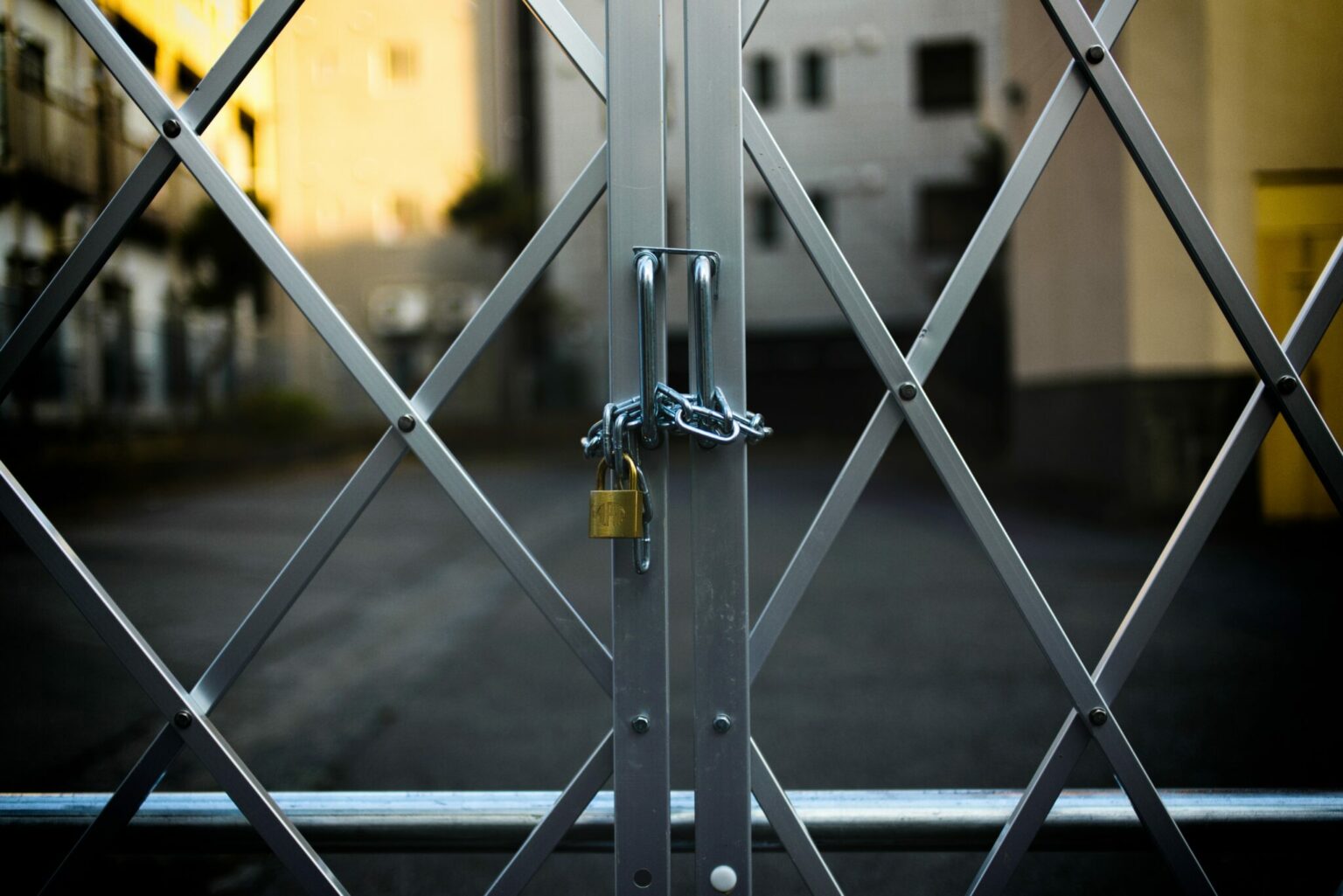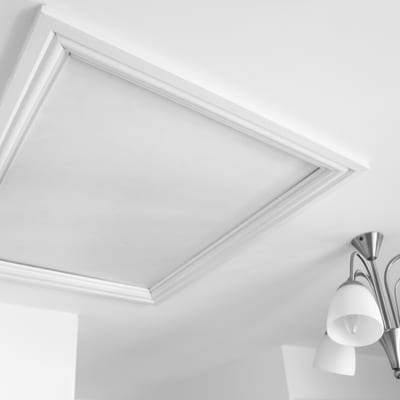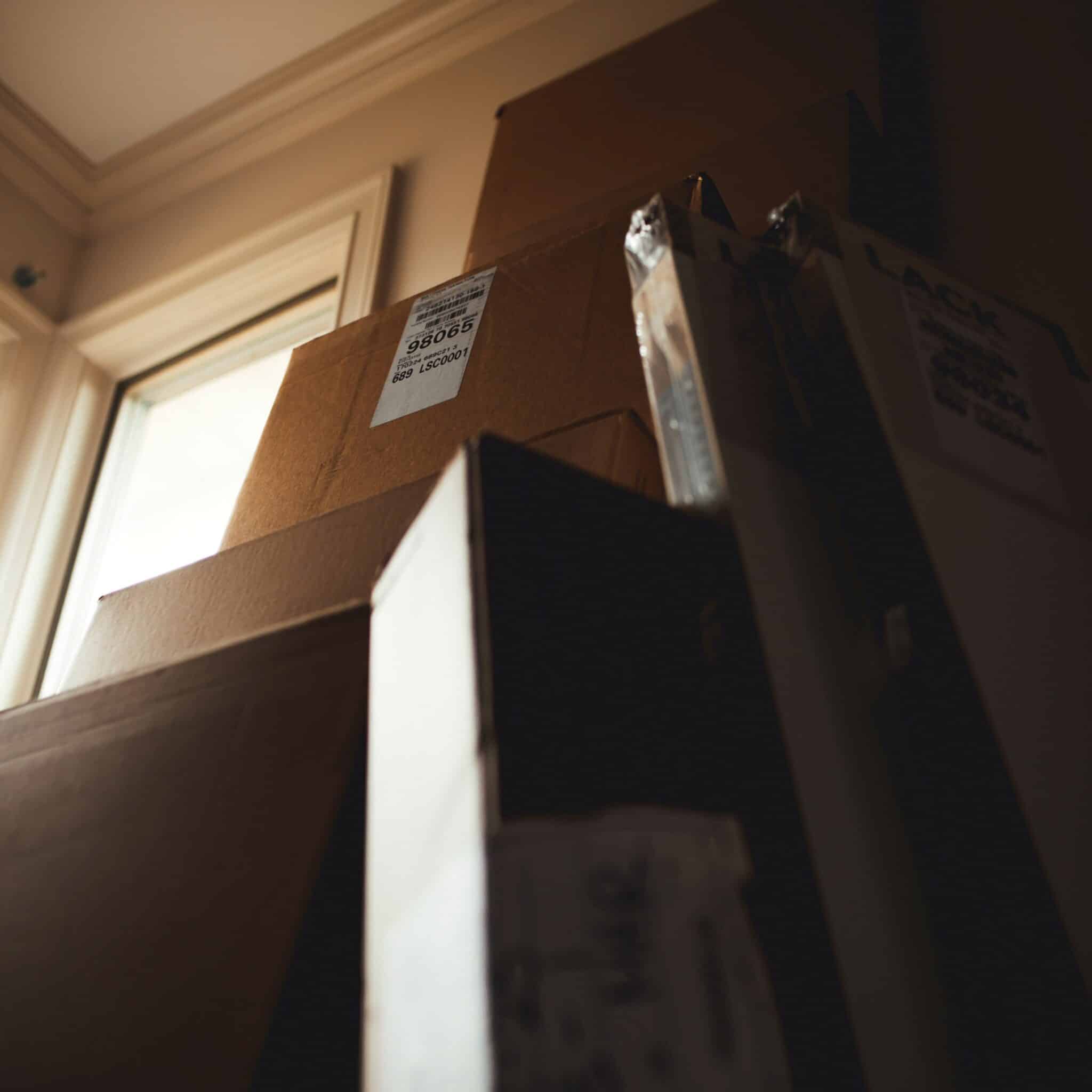You Shall Not Pass: Home Inspection Claims for Inaccessible Defects
Last Updated November 9, 2023

Even if your standards of practice (SOPs) include certain systems and components, those areas can be inaccessible. Bad weather, furniture or other obstructions, and lack of clearance are just some of the circumstances that can inhibit your inspection. One inspector learned this the hard way when he was inspecting a home’s roof during winter.
While he typically inspected roofs up close, this roof was covered in ice and snow. He could walk the flat parts of the roof, but the sloped areas required a safer approach. From the ground, he inspected the sloped areas with binoculars and noted that he did so and why in his report. He also reported some signs of water stains and recommended his client keep an eye out for leaks in the attic.
Four months later, his client called demanding the inspector pay $40,000 to replace the roof, which manifested a leak during the rainy months following the inspection. Thankfully, the inspector had done his due diligence, and with the help of our claims team, the inspector resolved the claim at no cost to him.
This home inspector was fortunate enough to have a positive outcome with this claim. Many others, however, pay thousands of dollars dealing with claims arising for inaccessible defects. Understanding why they are common and how to avoid them can protect you whenever you are unable to access areas of a home during an inspection.
Why are inaccessible defect claims so common?
 The easiest way to anger a client is to make them feel like they received a subpar inspection. Sadly, because most clients rarely interact with home inspectors, they can feel cheated when you report that you could not access an area of the property. They may wonder why you didn’t just “make” that crawlspace or attic accessible. As every inspector knows, there are many reasons why an area may be inaccessible—and many other reasons why the inspector should avoid clearing out obstructions.
The easiest way to anger a client is to make them feel like they received a subpar inspection. Sadly, because most clients rarely interact with home inspectors, they can feel cheated when you report that you could not access an area of the property. They may wonder why you didn’t just “make” that crawlspace or attic accessible. As every inspector knows, there are many reasons why an area may be inaccessible—and many other reasons why the inspector should avoid clearing out obstructions.
Common inaccessible areas include:
- Attics: Access hatches may be in difficult to reach places, or stored boxes may block them. Safety issues—like wild animals, excessive heat, or unsafe footing—may also prevent an inspector from entering).
- Crawlspaces: Crawlspaces may be too cramped to enter without the help of a crawlspace robot. Furthermore, crawlspaces are often home to snakes and other threatening pests.
- Roofs: As our introductory story showed, weather can make roofs difficult to consistently inspect. Rain, snow, and ice can make it unsafe for an inspector to step onto a roof. Even using a drone or binoculars will not guarantee an unobscured view in bad weather.
- Cluttered Spaces: Furniture, belongings, and boxes can severely obstruct your view. If you can barely walk in a room, chances are you can barely inspect it, too.
Many of the common areas listed above are target-rich with defects. If you’re unable to inspect one or more of these areas, the likelihood of missing a defect is high. In these cases, be prepared for potential claims.
What can you do to prevent claims for inaccessible defects?
Like the inspector in the claim discussed earlier, you, too, can take steps to protect yourself from claims arising from inaccessibility.
Photograph and report obstacles and inaccessible areas.
It’s always important to photograph what is inhibiting you to inspect the area and explain the reason in your report. Crawlspace too small? Photograph the lack of clearance. Seller’s belongings blocking your attic access? Take a picture of them covering the hatch.
A photo proving inaccessibility is what saved the inspector in the claim mentioned earlier. He had photographed evidence of the roof in its icy, snowy condition. He had also explained why he couldn’t walk on it in his report. Failure to do so could have led his clients to second-guess whether the area really was inaccessible.
While you’re only responsible to inspect what’s visually identifiable, it helps to be able to prove what was and what wasn’t visible at the time of the inspection. Without photographic evidence, claims can be the claimants’ words against yours. Always photograph partially or fully inaccessible spaces to defend your business from potential liability.
 Don’t Move Obstructions.
Don’t Move Obstructions.
You may be tempted to move an object to gain access to an area yourself. After all, wouldn’t a good inspector do everything in their power to perform the best inspection they can? However, moving things during your inspections can lead to bodily injury or property damage, leading to general liability claims.
As we covered in a past article, one inspector moved a seller’s suitcase to gain access to the attic entrance. That one move inadvertently knocked over a fire extinguisher that was hidden from view. This resulted in nearly $9,000 in property damage. It isn’t worth it to move objects on your own. It’s too easy to do more harm than good.
However, just because you shouldn’t move objects doesn’t mean the owner can’t. If the property owner is present during your inspection, ask them to move and obstructions in your way. Better yet, if you can ask them to clear potential obstructions prior to the inspection, particularly in commonly inaccessible spaces like the ones mentioned earlier, do so.
If the owner is unable to remove obstructions, either because they are too busy or they are unwilling, get documentation of their response and note obstructions in your report as usual. Should your client come back with a claim that originated in the inaccessible area, you will have proof that you asked for cooperation and didn’t receive it.
Offer to reinspect later.
In most claims that deals with inaccessible defects, the client is upset because they believe you did not do enough or try enough to find the defects. While asking owners to remove obstructions is a great start, offering a reinspection is another good-faith approach that will show your dedication.
If you can’t reach an attic, for example, offering to come back to inspect it at a later time once it’s clear of obstructions shows you’re reasonable and thorough. While a return trip may be inconvenient, your willingness to go above and beyond can result in higher client satisfaction and fewer claims while not compromising your liability or safety.
Have easy access to claims protection.
You can’t always guarantee that you will be able to safely access every area of a home. You also can’t guarantee that your clients will understand your best intentions and won’t sue you. However, you can guarantee that you have access to protection when a claim arises.
As the leading home inspection insurance provider in the nation, InspectorPro has been protecting inspectors for over 12 years. Our errors and omissions and general liability insurance policies are built to serve your unique business needs. Insuring with anyone else simply isn’t worth the risk. Apply for a quote for our insurance program here.





